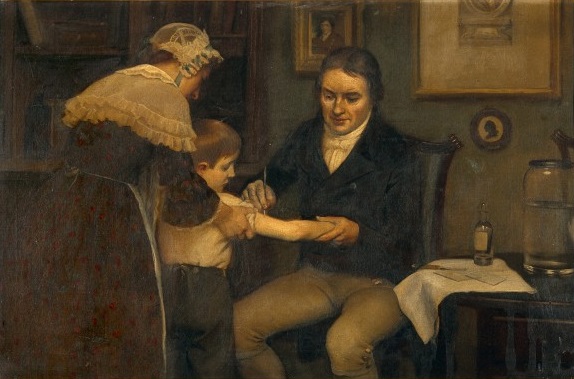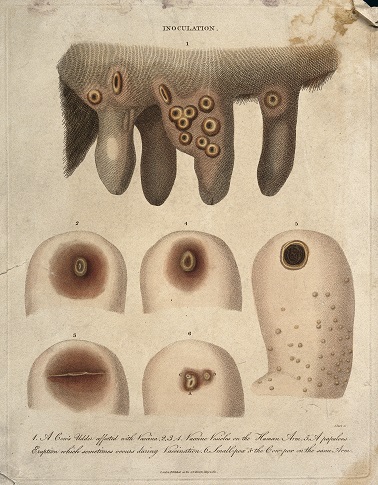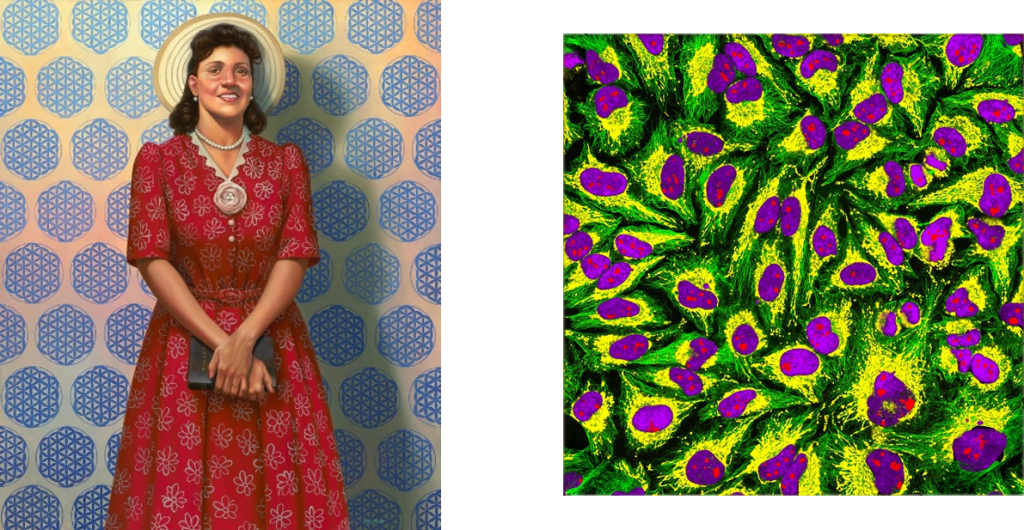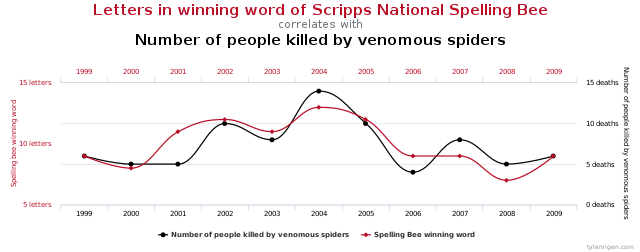What are the major ethical issues plaguing science, and what are institutions like IISc doing to deal with them?

On 14 May 1796, an ambitious country doctor from Gloucestershire in England injected cowpox pus taken from pustules on a milkmaid, Sarah Nelmes, into the arm of James Phipps. Almost immediately, Phipps, who was the eight-year-old son of the doctor’s gardener, became unwell with fever, chills, loss of appetite, and soreness in his armpits. However, he soon recovered. In July that year, the doctor again injected the boy with pus, but this time with pus drawn from the more deadly smallpox lesions. As the doctor had predicted – and much to the surprise of the scientific community – Phipps did not develop smallpox, leading the doctor to conclude that the boy was now immune to the disease, thanks to his bold experiment.
When the doctor tried to publish the study, it was rejected by the Royal Society for lack of substantial evidence. So, he repeated his experiment on several other children. The physician’s name was Edward Jenner, who is remembered today as the pioneer of vaccination. Nevertheless, the ethics of his scientific conduct has been the subject of much disdain.
Broadly, ethics can be thought of as the set of moral principles that guides human behaviour. While ethics matters in every sphere of human activity, scientists are among those who come under greater scrutiny because of the nature of their work and the influence of science on society.

Informed consent
Take, for instance, studies that involve human subjects. Such studies require prior consent of the participants because the experiments could have an impact on their physical as well as psychological health. At IISc, the Institutional Human Ethics Committee (IHEC) ensures that research involving human subjects abides by strict guidelines to ensure the subject’s overall well-being and privacy.
Sridharan Devarajan, Assistant Professor at the Centre for Neuroscience in IISc, studies aspects of human cognition through a variety of experimental methods and these studies require human subjects. “Informed consent is a very important part of the ethics of human research. The subject is made aware of exactly the kind of effects the experimental setup can have on them,” he says.

But there is an even more nuanced area related to consent that is becoming increasingly relevant. As many scientists are shifting to an open-science framework, they make their data available to anyone interested in it. “In such cases, one has to take the subject’s permission before any data collected from them goes into the public domain. Even if it is anonymised, this must be done. Even the sound of someone breathing cannot be recorded or shared without the person’s consent. These things can potentially be exploited as bio-fingerprints,” Sridharan cautions.
Scientists make ethical decisions in nearly every step of the scientific process – from framing a question to communicating the results of their study
Scientists make ethical decisions in nearly every step of the scientific process – from framing a question to communicating the results of their study. Therefore, policymakers have established broad guidelines for ethical conduct of scientific research. In India, researchers must abide by the guidelines laid down by bodies like the Indian Council of Medical Research (ICMR) and Council of Scientific and Industrial Research (CSIR). But often, even these guidelines are insufficient to deal with the plethora of ethical considerations in the practice of science.
Ethics Committee at IISc
Research institutions are therefore establishing their own mechanisms to prevent and investigate issues of misconduct in science. For instance, in 2017, IISc set up the Committee for Academic Integrity in Research (CAIR), which was chaired from August 2018 to August 2021 by Sriram Ramaswamy, Professor at the Department of Physics. “We are an internal body of the Institute, not mandated by an Act of Parliament. The procedure we carry out, although very detailed, is technically termed the preliminary inquiry, under the Central Civil Services (Classification, Control and Appeal) Rules. We present our findings and recommendations to the Director for further action under those Rules,” he explains. “Since its inception, we have looked into a few cases, usually related to plagiarism or somebody using somebody else’s data inappropriately.”
CAIR has also drafted an academic integrity policy for IISc’s researchers. It identifies five main classes of potential misconduct in research activities: plagiarism, fabrication, falsification, deliberate interference and misrepresentation.
The Big Five
The word plagiarism is derived from the Latin word plagiaius that means kidnapping, and refers to the theft of ideas and efforts, especially while giving the impression of originality. One can plagiarise, intentionally or unintentionally, and in a variety of ways – from verbatim cutting-and-pasting to failing to cite your own prior work (self-plagiarism). With the advent of plagiarism checkers like Turnitin, plagiarism is relatively easy to spot nowadays. But the misdeeds continue. For example, recently, two papers with identical abstracts were published in two reputed journals (one of them was eventually retracted). Plagiarism is not restricted to science – literature and journalism are also prone to this misdemeanour. Consider the irony in cases like the Jonah Lehrer debacle where his rampant self-plagiarism went unchecked even as he wrote popular books and columns on creativity under the New Yorker banner.
However, while it is tempting to think of plagiarism as a black-and-white issue (and it often is), there are many grey areas, and scientists agree that it is often a matter of personal judgement in matters of paraphrasing and rewording existing literature.
While plagiarism is concerned with not giving credit where it is due, data fabrication (“inventing”) and falsification (“cooking” or misrepresenting to get a desired result) have to do with distorting scientific knowledge. Surveys show that two out of every 100 scientists admit to data fraud of some kind, and this number goes up to 15 percent when they admit to fraud by colleagues. What is more troubling is that defaulters often exhibit a pattern of repeated misconduct.
Even when it comes to data, there are grey areas. Improper data handling and communication is a pertinent issue that often calls for a sound understanding of analytical and statistical tools, says Sridharan. “Sometimes it can be an honest and unintentional mistake. If a mistake takes place from ignorance of some technique, the researcher can be educated as required. However, if any person acts unethically with mala fide intentions, no amount of education can correct that.”
Another related ethical issue is that of data dredging. Scientific journals incentivise reports with “statistically significant” results. Now, there are ways to wrongfully twist and turn experimental data to achieve apparently positive results approved by a statistical measure such as the ‘p-value’. Unethical data manipulation to only attain levels of significance makes up a worrying part of scientific fraud today. Also termed p-hacking, these practices contribute to the publication of studies that may not be replicable. This worrying trend has led to a movement that encourages “pre-registration” of research studies.
Be it with your research collaborator or a university colleague, misrepresenting someone else’s contributions counts as wrongdoing
Scientific progress is driven both by collaboration as well as competition. And herein lies the potential for another ethical transgression: deliberate interference in others’ scholarly work. Be it with your research collaborator or a university colleague, misrepresenting someone else’s contributions counts as wrongdoing. The golden rule of “Do unto others as you would have them do unto you” applies as much to research practices as it does to social interactions.
50 shades of grey
“When we start our PhD, we receive training in animal ethics and biosafety. Things like data fudging and plagiarism are relatively easy to avoid because there are set rules and ways to know if you are violating any norms. You can avoid such problems by acting honestly,” says a PhD student in the Division of Biological Sciences.
But ethical conundrums often arise in the grey zone between right and wrong. “On the other hand, it’s a difficult thing to deal with credit sharing in collaborative projects, and issues like conflict in your lab which affects your research. We students often don’t know how to deal with such situations.”

There are also ethical issues that students face because of the power asymmetry in the academic structure. “In fact, I was not given credit for my original work and there was deliberate interference from my advisor, which affected my research progress. Such incidents are very unfortunate,” the student adds
Since every step of the scientific process is potentially ridden with ethical implications, lab PIs play a crucial role in educating their students in this regard. “The domain of ethics is very broad – advisor-advisee relations, how to report data and analysis methods and others – they all have grey areas. As for disagreements between a mentor and a student, it is best to settle it through dialogue,” Sridharan says.
New ethics for new technologies
Even if scientists were to diligently follow ethical practices in conducting their research, new challenges continue to surface as new technologies arise. The power to manipulate genomes, and to create intelligent machines capable of literally superhuman tasks, for example, imposes a responsibility that all researchers might not be prepared for. Frank Rudzicz, an AI researcher in the field of speech recognition at the University of Toronto, believes that there are three main concerns with AI research: what it is used for, who has access to it, and how AI solutions might conflict with human values.
A recent controversy reflects one of the many challenges as the use of AI becomes more widespread. It arose when researchers developed an algorithm to “put a face to a voice” – predicting faces from just voice recordings. Sociologists claimed such a voice-to-face prediction linked biology to identity, which undermines the representation of transgender people, for instance. Google’s translation algorithms have also come under fire for suffering from sexist biases.
Kartheek Nareddy, a machine learning researcher at IISc, says he has become more aware of the ethical implications of his work now that journals and conferences require researchers to consider the ramifications of any innovation. An encouraging observation is that AI technology may not always be at odds with our principles of equity and inclusion. “My colleague, Siddarth Asokan, observed how GANs [Generative Adversarial Networks] that generate new human faces create more natural-looking male or female faces when they are trained on images of faces across genders rather than faces of any one gender.”
Intellectual property
Another area of science that does not always receive enough attention in discussions on ethical issues is intellectual property (IP). IP-related matters in collaborative projects such as ownership and conflicts of interest need to be clarified at the start. Sridharan admits that as a graduate student even he was not aware of all the IP ownership rules. However, he stresses that students ought to be more conscious of the extent of their IP rights. “As graduate students, most are not aware of who actually owns the intellectual property of the work that they produce. In most cases it is the lab which owns the IP of research carried out there, unless a student brings in some documented IP that they already own.”
In research institutions like IISc, IP may be generated in the form of lectures, presentations, publications and patented devices, and deciding ownership of the same can be an involved issue. Guidelines regarding these issues are laid out in the country’s IP laws as well as by international bodies like the World Intellectual Property Organization, a special agency of the United Nations.
Kiruba Daniel, a postdoctoral fellow at the Department of Electronic Systems Engineering at IISc, has filed six patents in the last two years with IISc’s Intellectual Property and Technology Licensing (IPTeL), which serves to protect the intellectual property of IISc’s researchers and students. “When we file for a patent, the researcher is the inventor and IPTeL plays the role of the applicant. So, in the future if some start-up wants to use this innovation, they must license it from IPTeL.”
Researchers who file for patents must make sure they are not infringing prior art in the field. Many online databases and search engines such as Google Patents are available today for individuals to thoroughly check prior art and avoid infringement of IP.
The practice of science has come a long way since the time of Jenner’s vaccine trials on children. But the struggle to ensure that it is done ethically continues. Fortunately, institutional mechanisms have been put in place in order to prevent malpractice and to help scientists navigate through the minefield of moral choices they have to make.
Sunreeta Bhattacharya is a BS-MS (Research) final year student at IISc and a science writing intern at the Office of Communications




